Creating your dream yard starts at the root: The perfect sod. The right grass can be the foundation for a stunning yard all year round, while the wrong choice can make even the most brilliantly designed space look dark and dingy.
North Carolina’s diverse climate and varying soil types mean that you have quite a few options when selecting your sod. To help you narrow it down, we’ve got your guide to the most popular sod varieties in North Carolina, along with what works best for different regions, looks, maintenance schedules, and more.
Table of Contents
Zoysia Grass
Zoysia grass is by far one of the most popular choices for lawns in North Carolina, especially in central and coastal regions, along with some urban areas. In fact, the North Carolina State University (NCSU) Extension cites Zoysia as one of the most popular sod types in both urban and suburban environments across central North Carolina.
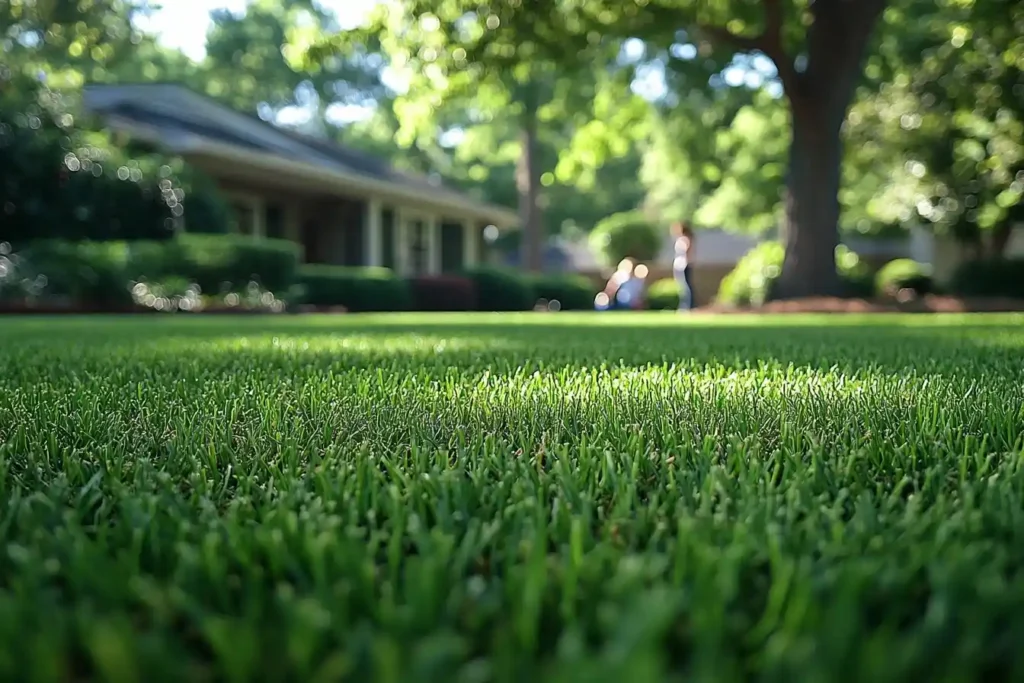
This warm-season grass thrives in our state’s climate, offering a lush, green lawn with excellent heat tolerance and drought resistance. Though it grows a bit more slowly than other varieties, once it does it provides a dense coverage that requires less-frequent mowing and thrives in full sun to partial shade.
Zoysia is particularly popular for homeowners in cities like Raleigh due to its low maintenance, ability to withstand foot traffic, and its resistance to pests and disease.
Bermuda Grass
Bermuda grass is one of our go-to recommendations because of one very important quality: It can thrive in nearly all types of soil. That being said, it does best in coastal and rural areas, and requires full sun.
Bermuda grass is frequently used in sports fields, golf courses, and residential lawns where high foot traffic is common. It’s highly resilient to heat and dry conditions, making it a favorite for homeowners in rural regions or those seeking a grass that can endure harsh weather conditions like drought and heat.
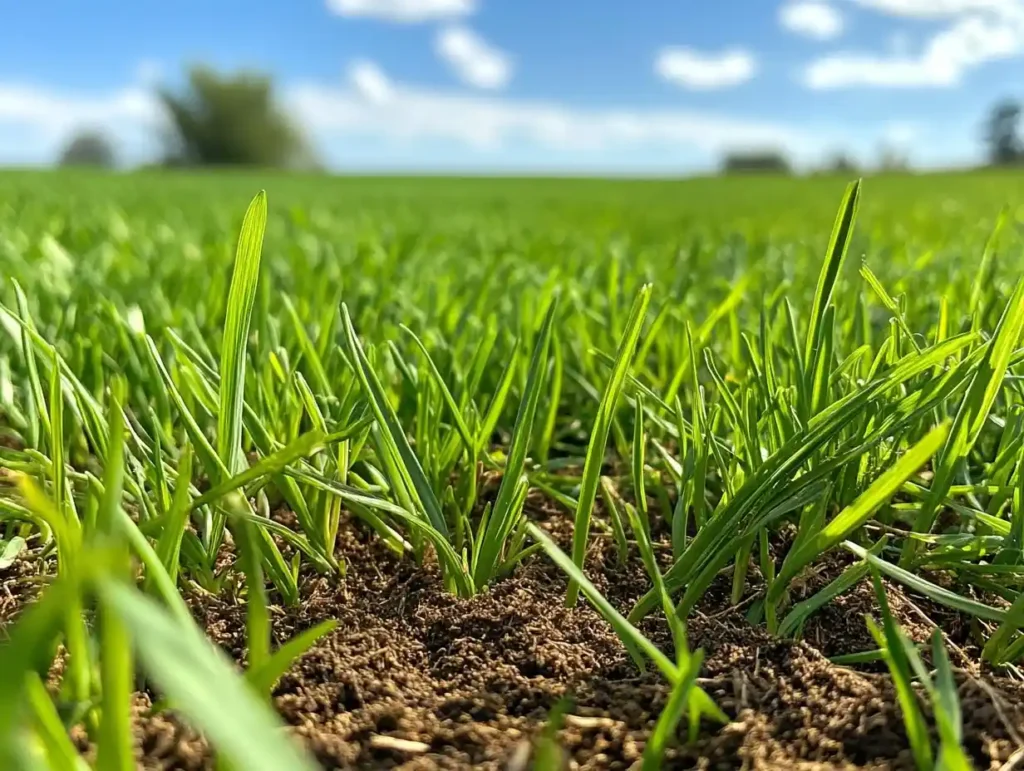
Bermuda grass is highly favored in the coastal plain. According to NCSU, “land managers typically allocate 75% to 100% of their sprayfields to bermudagrass”.
Fescue Grass
Fescue is a cool-season grass that works best in the higher elevations and cooler climates of North Carolina, such as in the foothills, mountain areas and in the Piedmont.
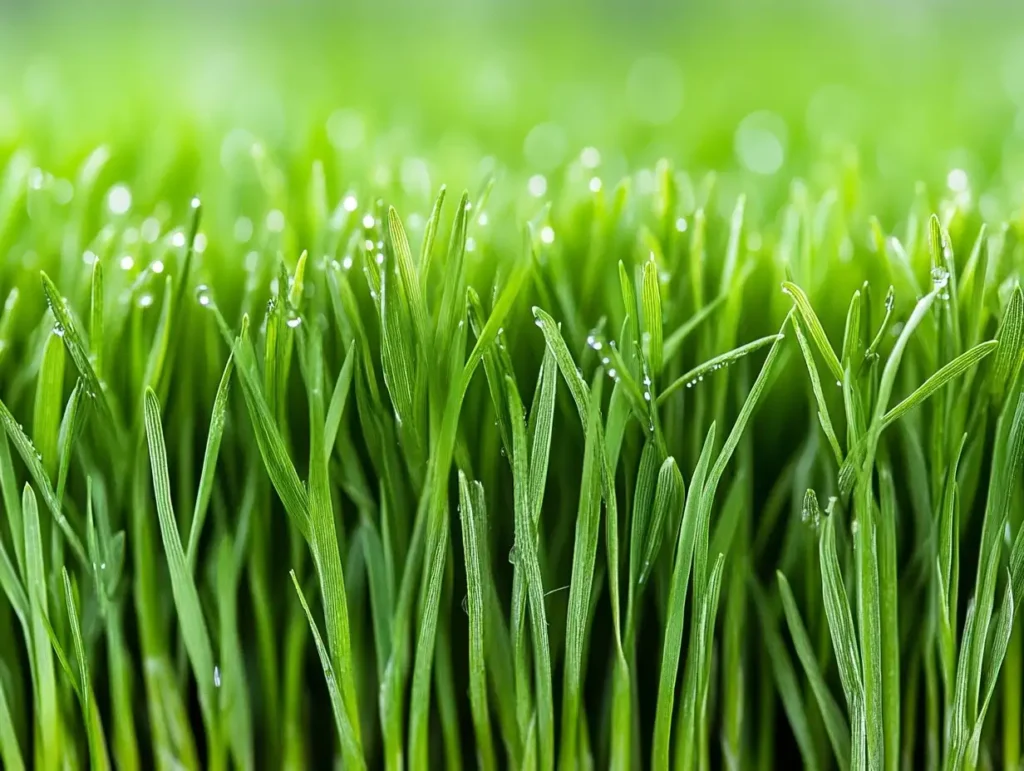
This grass variety is favored in areas that experience cooler temperatures and is ideal for lawns with more shade or less direct sunlight—in fact, full sun is likely to hurt fescue grasses more than help. It’s often used in combination with other grasses like Kentucky bluegrass in the cooler, rural parts of the state.
NCSU notes that fescue grass makes up approximately 25% of North Carolina’s residential lawns, particularly in the higher altitudes.
St. Augustine Grass
St. Augustine grass is another warm-season variety, best suited for regions with high moisture levels and salt tolerance, including coastal zones like Wilmington and the Outer Banks
This grass type is famous for its wide, dark green blades and thick texture which give every lawn a lush look. It can tolerate some shade, which is why it’s sometimes used in urban areas, but it is by far the least-tolerant to cold weather when it comes to sod.
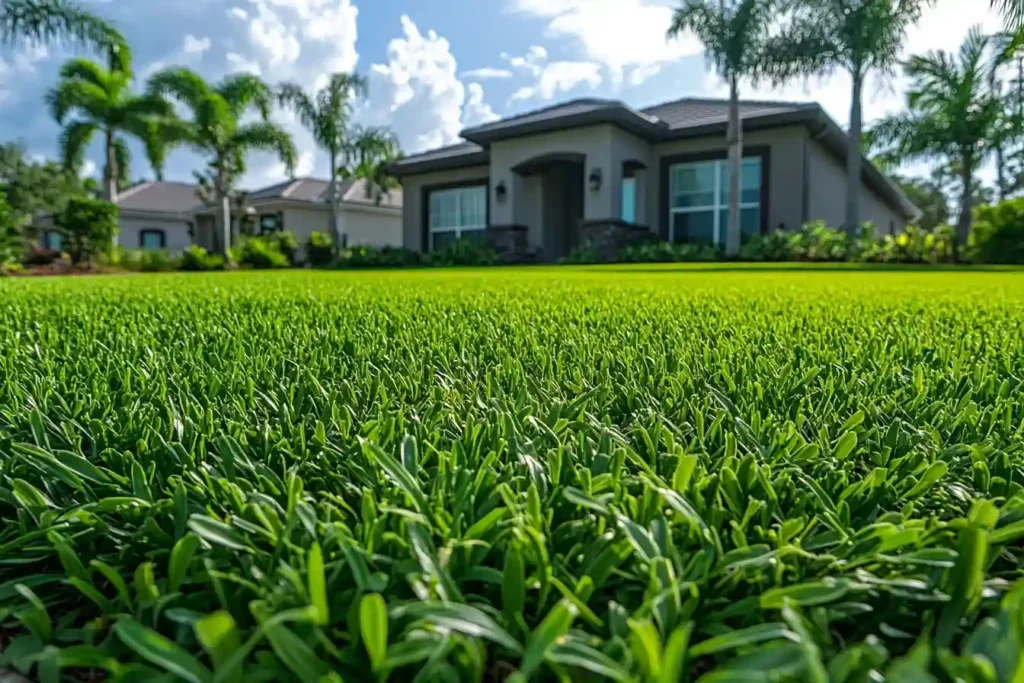
Centipede Grass
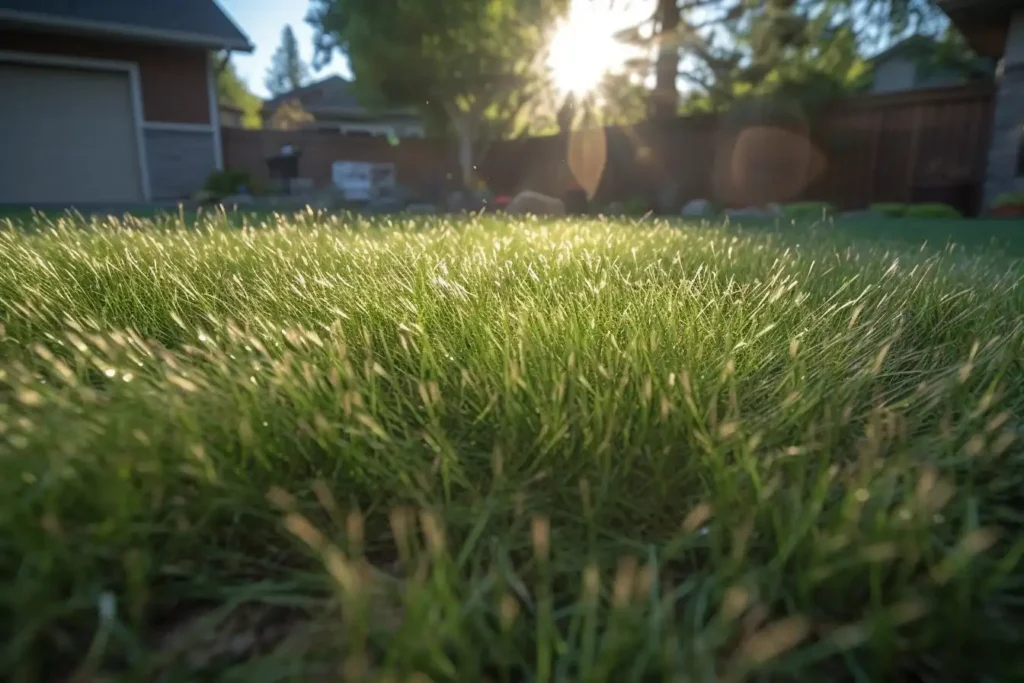
If you’re looking for a low-maintenance lawn, centipede grass is probably the one for you. This is a warm-season grass that grows well in North Carolina, especially in areas with lower soil fertility, as long as the soil is well-drained.
We love it because it can stand up to some of the most common lawn pests, but it does require full sun to thrive. Plus, it can be fairly slow-growing and take a while to reach its full potential.
Bahiagrass
Bahiagrass is a warm-season grass that has been gaining popularity in North Carolina, especially in areas with lower maintenance requirements and where durability is a priority.
Bahia grass requires significantly less care compared to more traditional grass types like Bermuda or Zoysia. It’s highly tolerant of poor soil, requiring minimal fertilization and watering once established. It’s also highly drought-resistant, requiring 50-60% less water than more water-demanding varieties like Kentucky Bluegrass, making it perfect for areas of North Carolina that experience periods of dry weather. It thrives in the hot summer months, even under full sun, and can endure low rainfall periods without showing signs of stress.
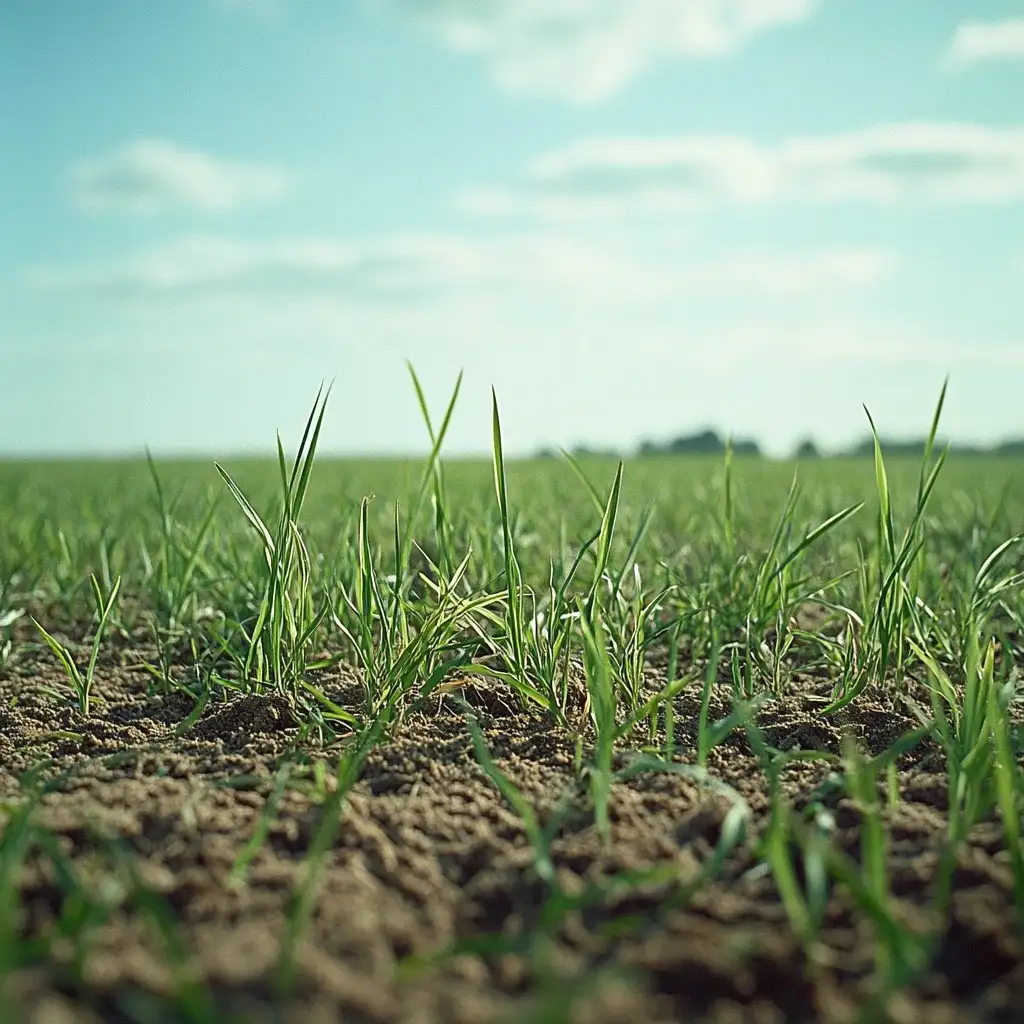
Bahia grass is especially well-suited for the Piedmont and Coastal Plain regions of North Carolina, where hot summers and sandy soils allow it to really shine.
Kentucky Bluegrass
Kentucky Bluegrass is one of the most popular cool-season grasses in North Carolina, especially in regions that experience mild summers and colder winters. Renowned for its deep, lush green color, it’s a favorite for homeowners who want a beautiful, vibrant lawn.
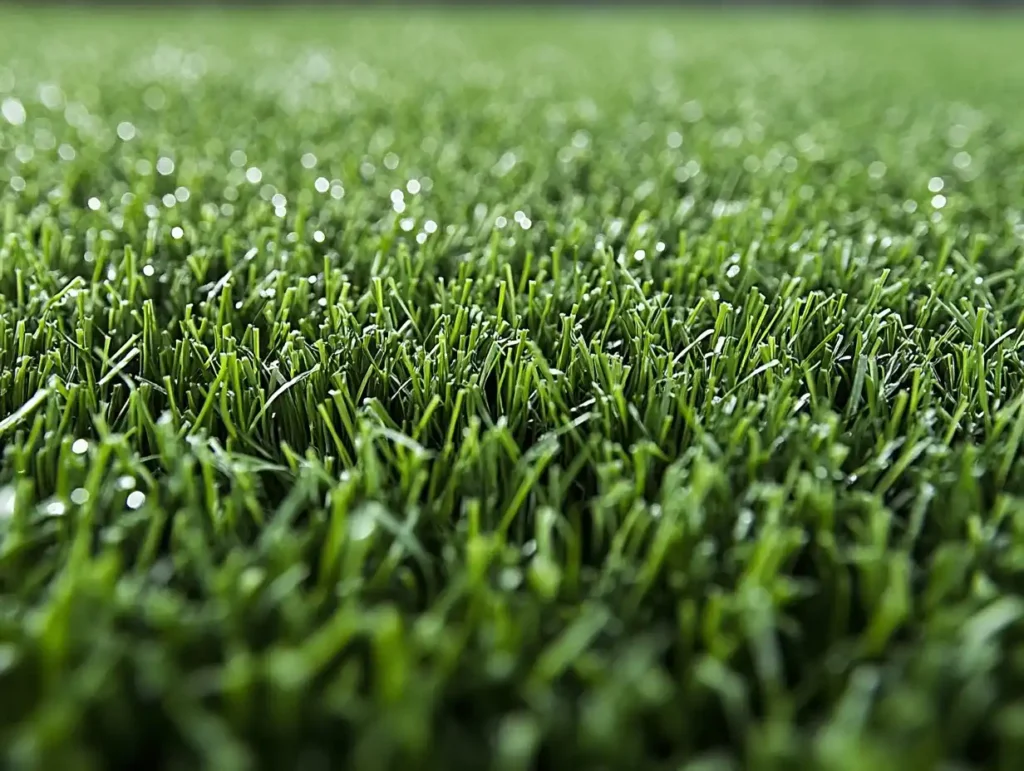
As a cool-season grass, Kentucky Bluegrass thrives during the cooler months of the year, especially in early spring and fall. In North Carolina, this means it can stay green and healthy through the spring and into early summer, and may remain green in the fall as temperatures cool. However, it does struggle during the heat of summer, especially in areas where the temperature regularly rises above 85°F.
In areas such as Asheville, Boone, and Blowing Rock, Kentucky Bluegrass thrives, thanks to the cooler climates, higher elevations, and moderate summer temperatures.
Carpet Grass
Carpetgrass thrives in the hot and humid climate of North Carolina, making it a great option for homeowners looking for a durable, low-maintenance lawn.
While not as popular as Bermuda or Zoysia, Carpetgrass offers distinct advantages, particularly in areas with poor soil or inconsistent rainfall. Carpetgrass can grow in both sunny and partially shaded areas, making it versatile for various landscapes.

Carpetgrass performs exceptionally well in the Coastal Plain and Piedmont regions of North Carolina.
Perennial Ryegrass
Perennial Ryegrass is a cool-season grass that is known for its rapid germination, vibrant green color, and fine texture. In North Carolina, it is commonly used for overseeding warm-season lawns or for areas where a quick green-up is desired when the temperature drops.
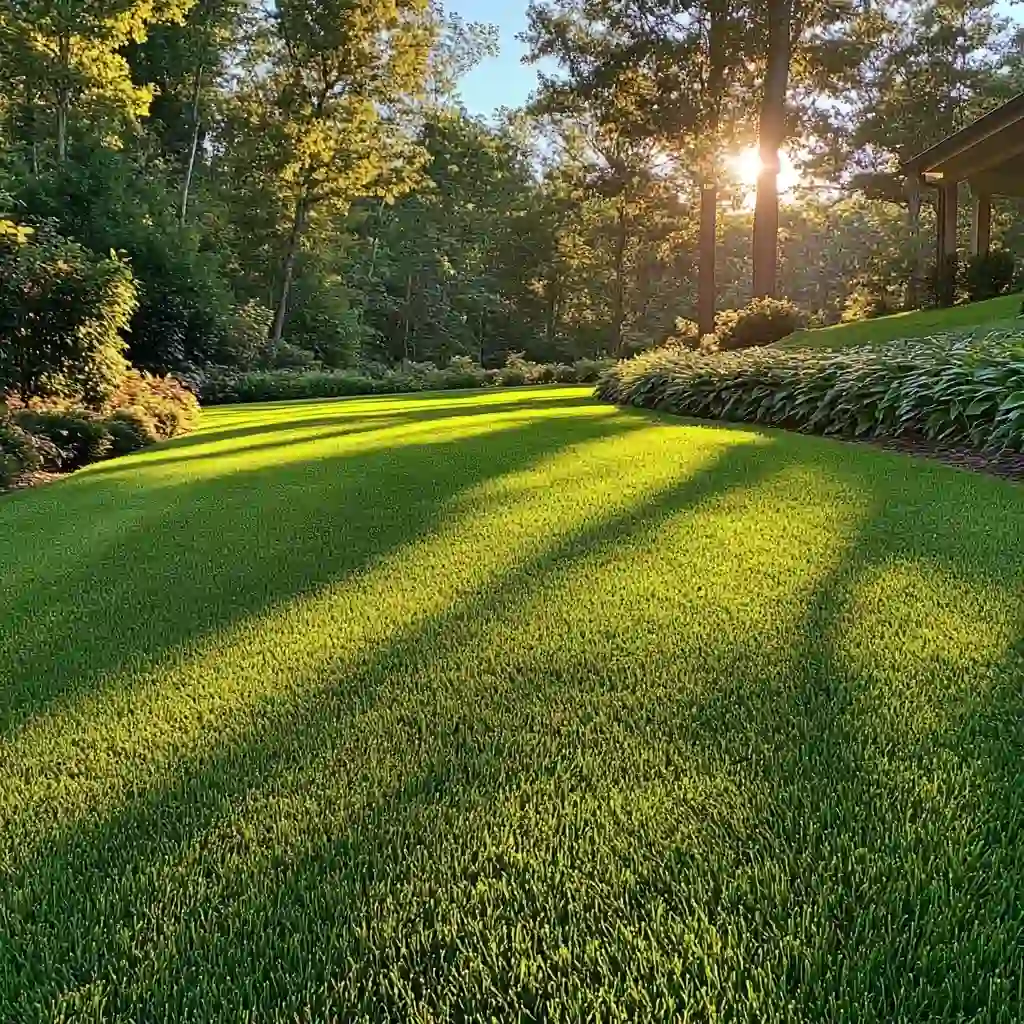
For those looking for grass that can establish quickly and withstand cooler temperatures, it’s perfect. However, its performance during the summer months, particularly in the state’s warmer areas, may require some special care and attention.
Perennial Ryegrass performs well in the mountainous and Piedmont regions of North Carolina, particularly in areas where the climate is more temperate and can support cool-season grasses.
Seashore Paspalum
For coastal lawns that are exposed to salty air and soil, Seashore Paspalum offers excellent resistance to salt and can thrive in both sandy and loamy soils. This grass is increasingly popular among homeowners along the North Carolina coast who need a sod that can handle the harsh coastal conditions while still providing a beautiful green lawn.
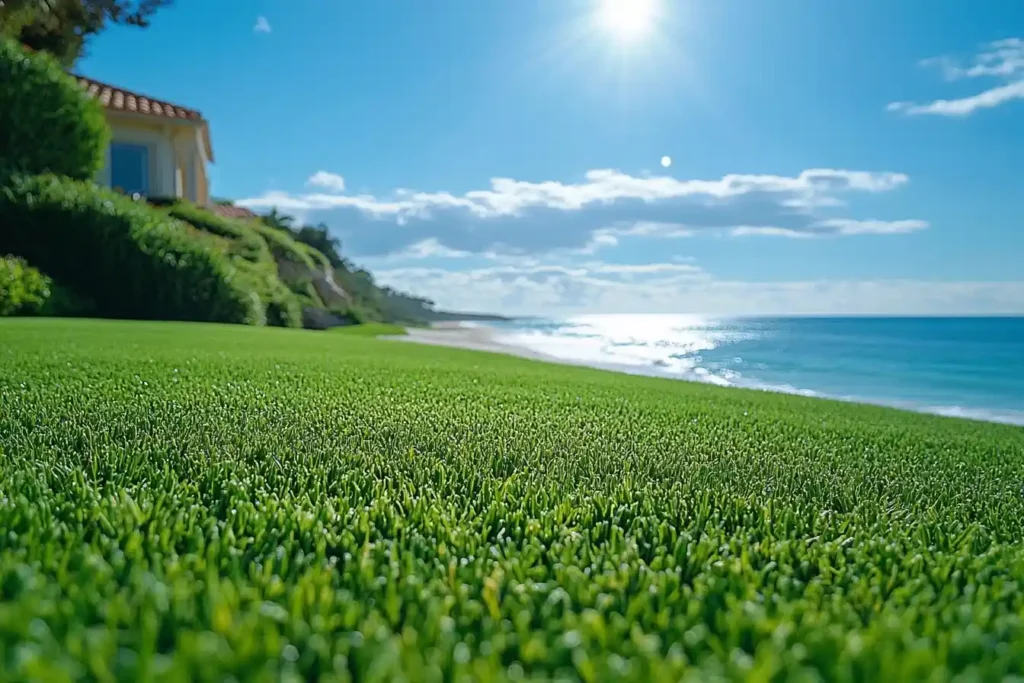
How to Choose the Right Sod for Your North Carolina Lawn
Armed with the pros and cons of every sod, it’s time to choose the right one for you. Here’s what you’ll want to keep in mind when making your decision.
Assess Your Climate and Region
The first thing you need to consider when selecting sod is your region’s climate. North Carolina is home to both warm-season and cool-season climates, so knowing whether your area tends to be hot and humid or cooler can help guide your decision.
- Coastal and Southern Areas: If you live near the coast or in the southern part of the state, warm-season grasses like Bermuda, Zoysia, and Seashore Paspalum thrive due to their heat and drought tolerance.
- Central and Piedmont Areas: For urban areas like Raleigh and Wake Forest, warm-season grasses work well.
- Mountain and Foothill Areas: If you’re in the cooler, higher elevations, Kentucky Bluegrass and Fescue are your best options, as they thrive in cooler temperatures and can handle the occasional frost in winter.
If you’re unsure about what grass types will thrive in your soil, starting with soil testing can give you helpful insights before laying sod.
Determine Sunlight Exposure
The amount of sunlight your lawn receives is a crucial factor in selecting the right sod. Different grasses have varying levels of shade tolerance, so it’s essential to match your grass choice with how much sun your lawn gets.
- Full Sun: Most warm-season grasses, such as Bermuda and Zoysia, do best in full sun. These grasses are perfect for open lawns or areas with minimal shade.
- Partial Shade: If your lawn gets some shade throughout the day, cool-season grasses like Kentucky Bluegrass work well. They are more shade-tolerant and can still maintain a healthy green color, even with limited sunlight.
- Heavy Shade: If you have a heavily shaded yard, you might want to consider grasses like Fescue, which is known for its superior shade tolerance.
Evaluate Foot Traffic and Lawn Usage
How much activity your lawn will see can play a major role in selecting the right sod. If you have pets, children, or frequently host outdoor gatherings, you’ll need a grass variety that can handle heavy foot traffic.
- High Traffic Areas: Grasses like Bermuda and Zoysia are great for high-traffic lawns. These grasses grow thick and dense, which makes them resilient to wear and tear. They also recover quickly after being trampled.
- Low Traffic Areas: For lawns that won’t experience a lot of foot traffic, you can opt for a lawn that is known more for its aesthetic appeal than it’s durability.
Consider Maintenance Needs
Every grass type has different maintenance requirements, so it’s important to choose one that fits your level of commitment to lawn care. Some grasses require frequent mowing, watering, and fertilizing, while others are more low-maintenance.
- Low-Maintenance: Grasses like centipede and carpet are excellent choices if you want a more hands-off lawn. These varieties don’t need frequent watering, mowing, or fertilization.
- Higher Maintenance: Grasses like Kentucky Bluegrass and Fescue require more frequent mowing, watering, and fertilization to stay lush and healthy. However, they provide a rich, dense, and vibrant lawn that is often worth the extra effort.
Timing matters too; knowing when to fertilize your lawn in North Carolina helps support healthy growth for any sod you choose.
Choose the Right Sod with FortSmith Landscaping
If you’re unsure which sod is right for your landscape, you can always give us a call at [phone]! Our local professionals are experts in the best sod picks for North Carolina lawns—contact Fort Smith Landscaping today ensure your lawn thrives for years to come.
